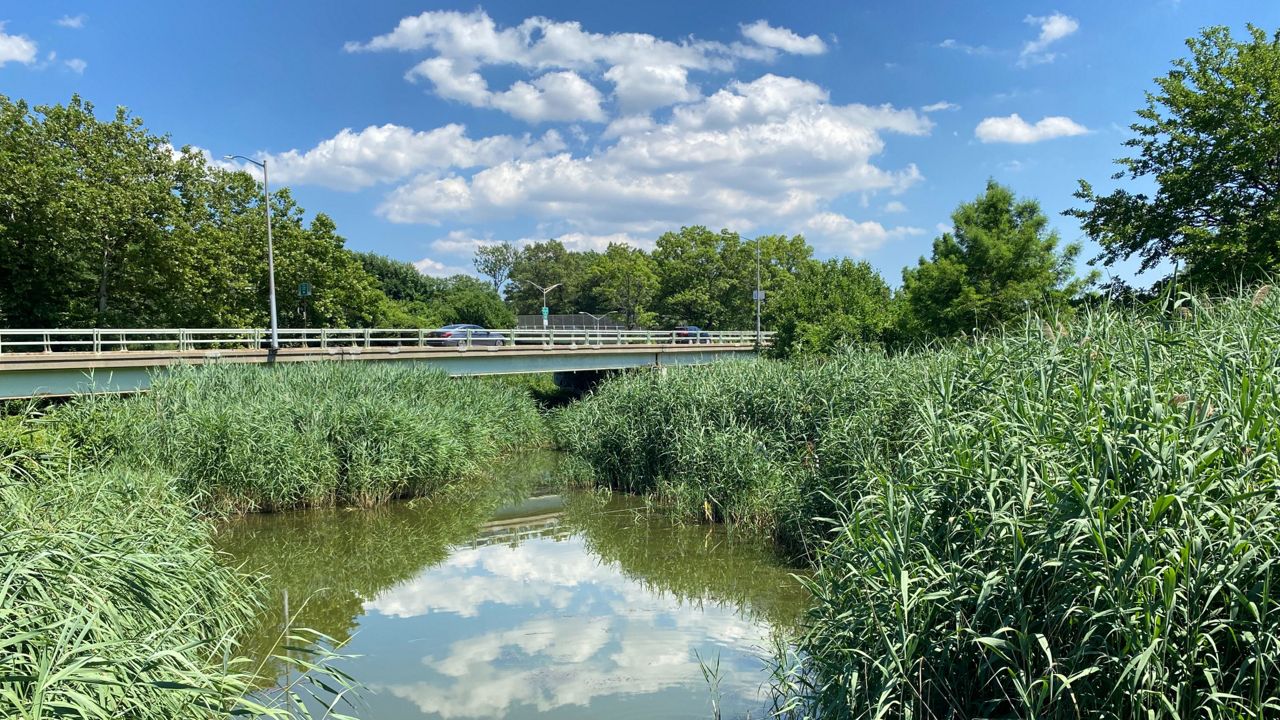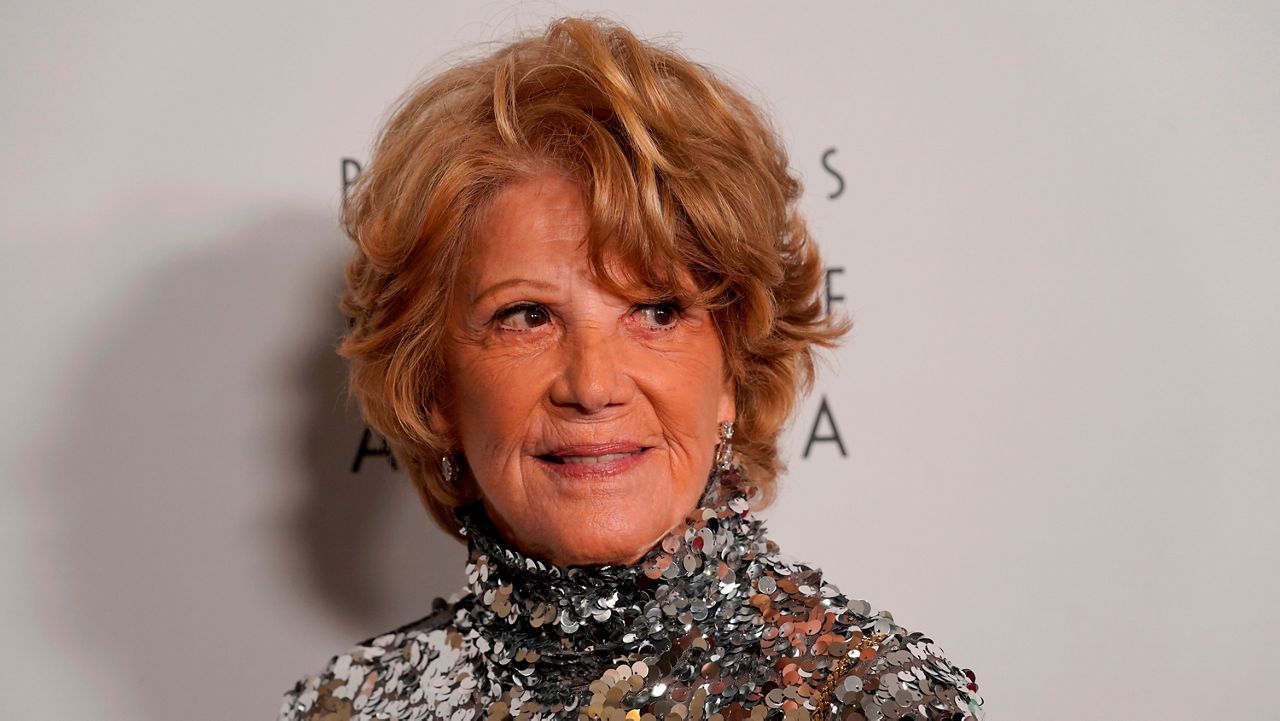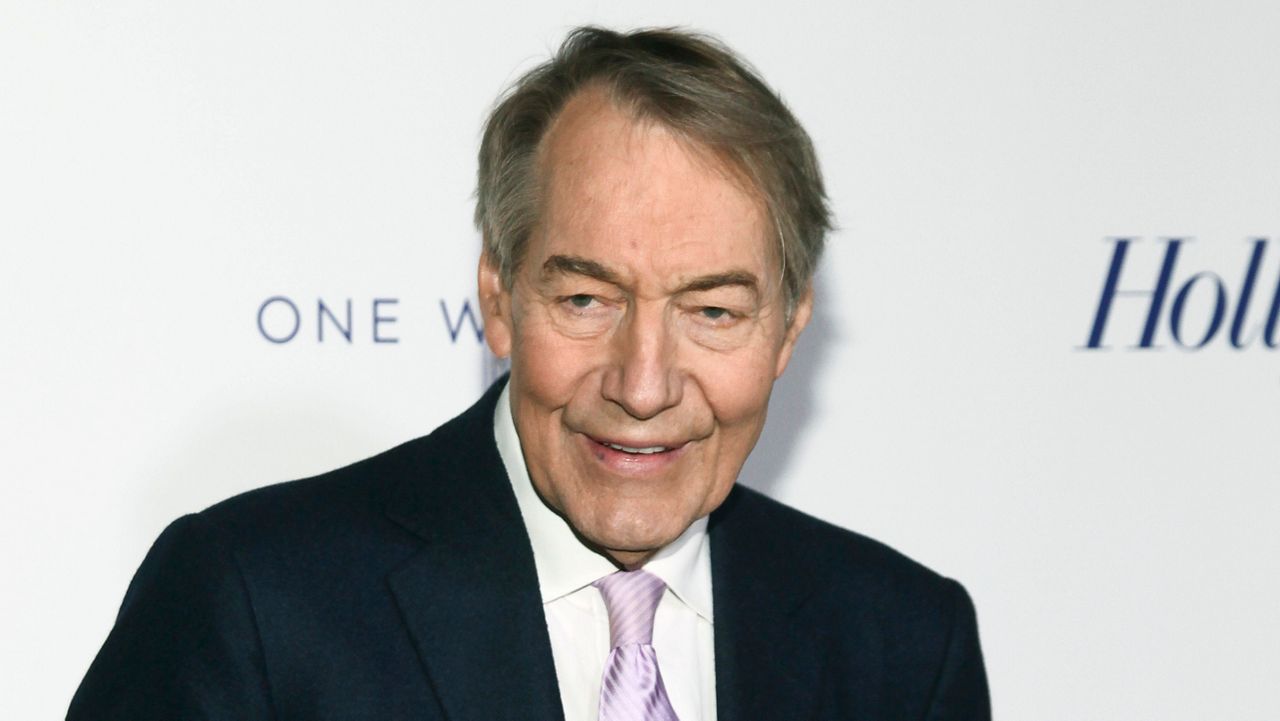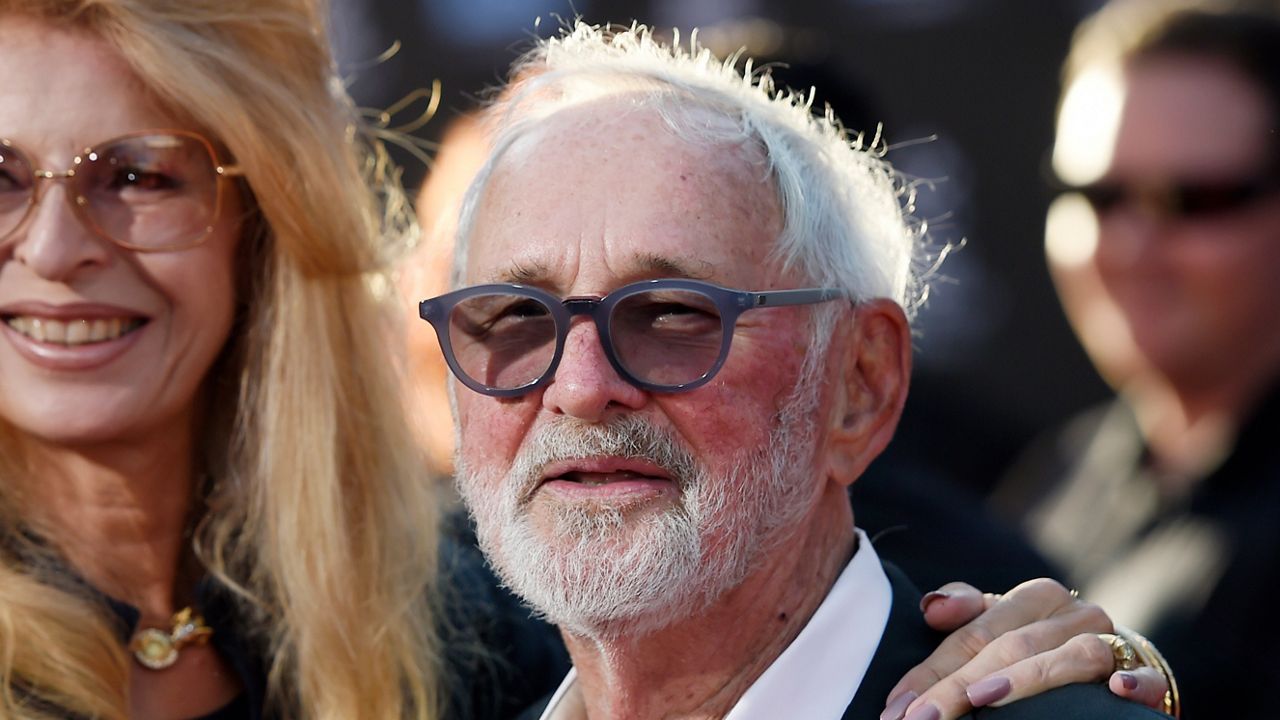At nearly 900 acres, Flushing Meadows Corona Park is the largest park in Queens. When Robert Moses in the 1930s pitched his plan for the green space to the city, he said he wanted the park to be the “Versailles of America,” newspaper articles from the time reported.
What he likely didn’t imagine was how it would come to serve as the people’s backyard in the most ethnically diverse urban area in the world, according to state data. What was once a marshland, and later a large-scale dump site, the park is now home to scenic trails, lakes and vast expanses of grassy areas for people to barbecue, play cricket and more.
Surrounded by several neighborhoods, including Flushing, Corona and Forest Hills, the park is visited daily by people from vastly diverse communities.
NY1 spent a recent day visiting all corners of the green space to get a flavor for how it comes to life on a summer weekend.
Nancy and her daughter Juliana, who declined to give their last names, set up around 1 p.m. in the northern part of the park near the Unisphere to sell fresh lemonade and orange juice. The Corona residents chose that spot “because there’s a lot of movement from the people,” Nancy said in Spanish.
“We are from Colombia and a lot of Colombians reunite here,” she said.
They had only been out for about an hour and already sold to 10 people, they said.
The plan for the park was first pitched during the Progressive Era of the 1930s when there was a push across the country to modernize infrastructure. Experts say at the time Queens was lagging behind other parts of the city in terms of public works projects.
The creation of the park, which was built to host the World’s Fair in 1939-1940, was very much a product of this period and sprang from this idea of a promise of post-Depression advancement.
“It represents a moment of kind of outer borough ambition and New Deal funding to push forward the modernization of the city, while also bringing tourism and hopefully a little bit of optimism to a Depression-strapped America and New York City,” Kara Schlichting, associate professor of History at Queens College, said.

It would take decades, however, for the park as New Yorkers know it today, to take shape after the second World War put a pause on its development. It wasn’t until the 1964-65 second World’s Fair at the park that Robert Moses took another stab at bringing his vision to life.

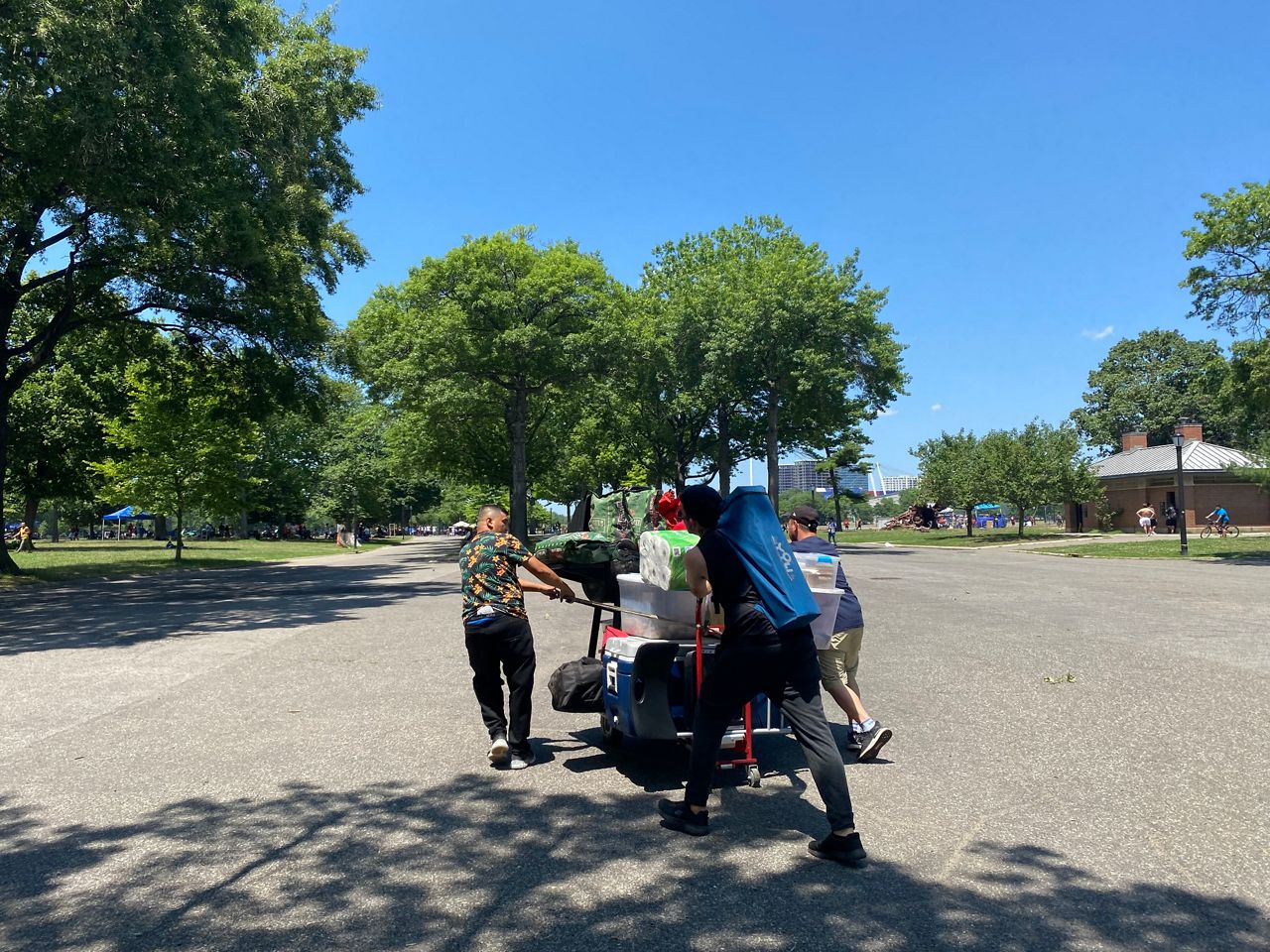
The northern part of the park is home to major institutions like the USTA Billie Jean King National Tennis Center, where the U.S. Open is held, the New York Hall of Science and the Queens Zoo. It’s also where you can find landmarks like the Unisphere, Fountain of the Planets and the New York State Pavilion.
In between those sites is where you will find park-goers sprawled out at family gatherings.
Denilson Amador, 21, and his three cousins lugged an elaborate barbecue setup through the park on a recent Saturday.
They were preparing for a big crowd of more of their family members to come later in the afternoon.
It wasn’t a special occasion, they said.
“It’s a summer day,” Denilson, who lives in College Point, said. “We are here every Saturday and Sunday.”
They settled on an area not far from the spot Nancy and Juliana set up their juice vendor.
“It’s a good location because the people always stop here first — it's the best location, [people] stop here before leaving [the park],” Denilson, who is originally from Colombia, said.
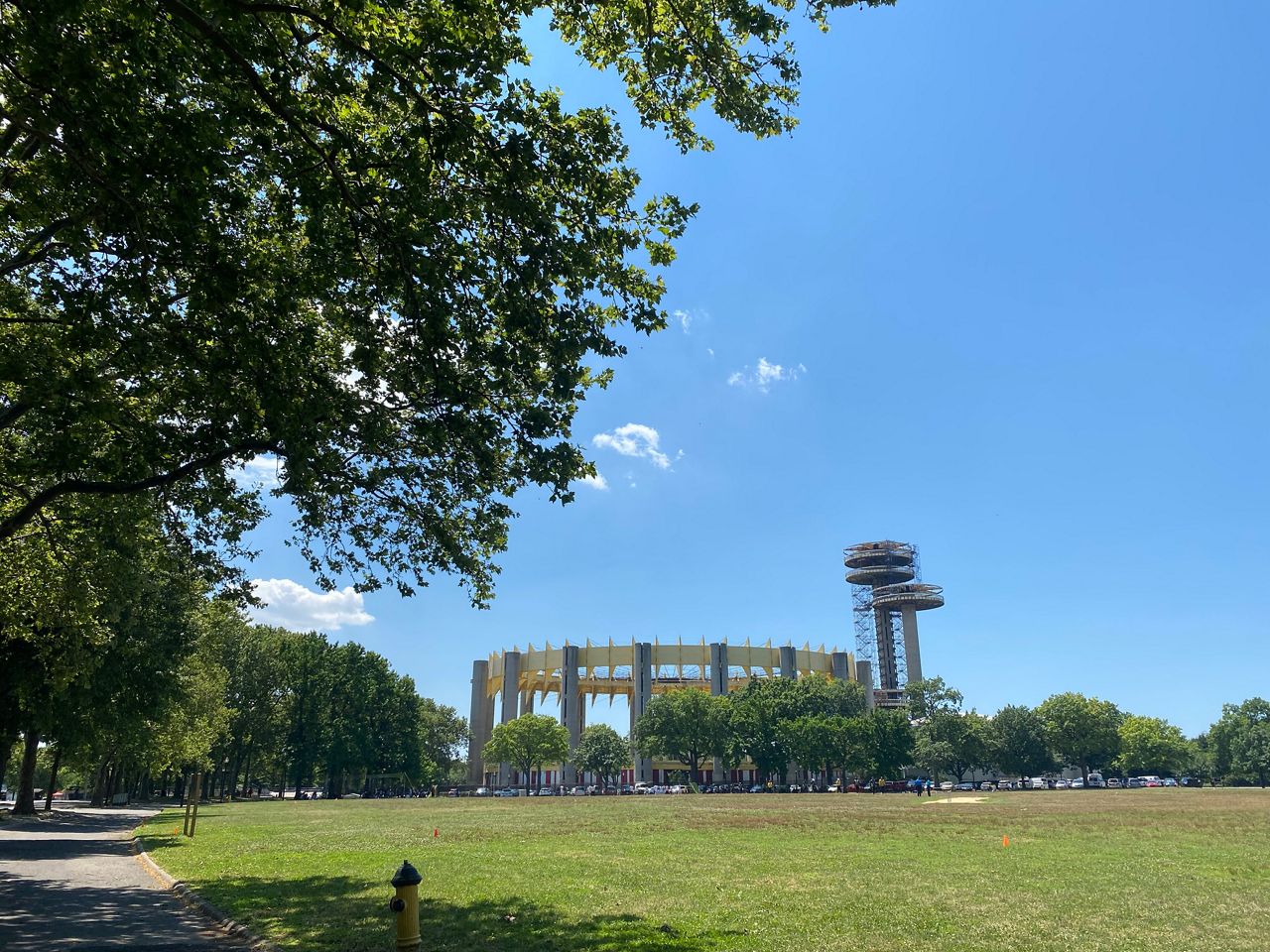
Moses' push to build highways and public spaces often divided communities of low-income Black and brown New Yorkers.
The development of Queens in the early 20th century lent itself to segregated communities, according to experts.
There was no comprehensive city plan in place back then. Instead, it was put together through various independent housing reform projects, Schlichting said.
There was also the geographic reality of the area. The land that now makes up the park was once a marsh, which made it difficult for people to traverse into neighboring areas. It later became a dumping site, which meant the surrounding area was constantly filled with ash.
“Coalition-building is hard for geography,” Schlichting said. “It's hard to get someone from Flushing and someone from Forest Hills in 1929 to complain together.”
The communities living near the park have changed over time — from Germans, Italians and a large Jewish population to now Colombians, Ecuadorians, Pakistanis and more.
“The people who are living around it are coming to the neighborhoods at different moments and a very, very different community identity,” Schlichting said.
The park now represents a melting pot of ethnicities, who use the park as their personal backyards – a vital function in a city where there is a lack of outdoor space.
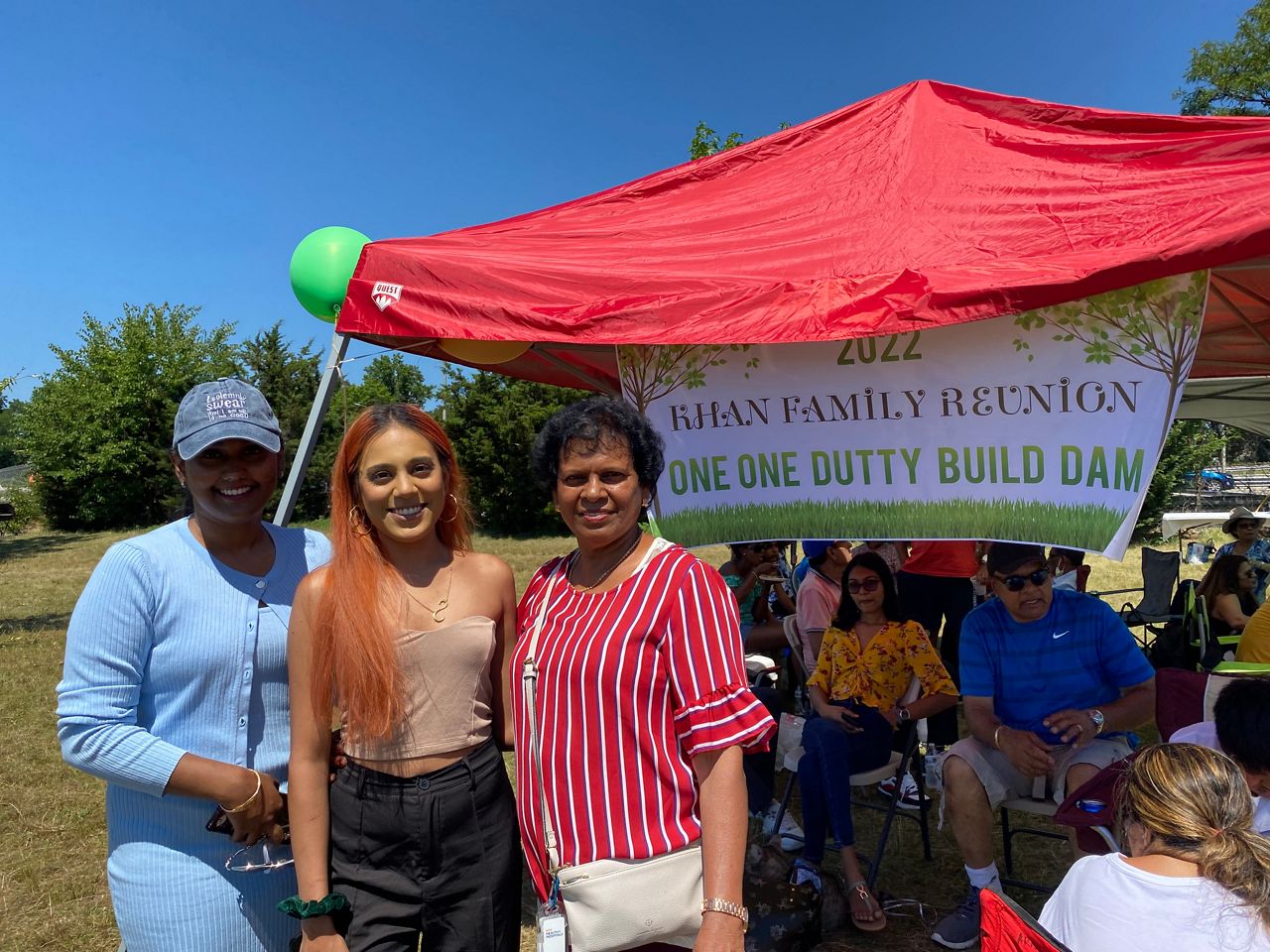
Just a little south of the Long Island Expressway, which cuts across the top third of the park, the Khan family held their first family reunion.
The large extended family, originally hailing from Guyana, had several tents set up across the large grassy area. Someone arrived at 6 a.m. to set up, and the party was meant to last until sundown, they said.
The plan for the day?
“Just chill, music, eating,” Alima, 24, said.
“We love playing cricket because we’re Guyanese,” Siana, 21, said about the cricket setup they had near their tents.
The family members from Queens mostly live in Richmond Hill, an area with a large Guyanese population. But some people traveled from Canada and Jamaica for the reunion.
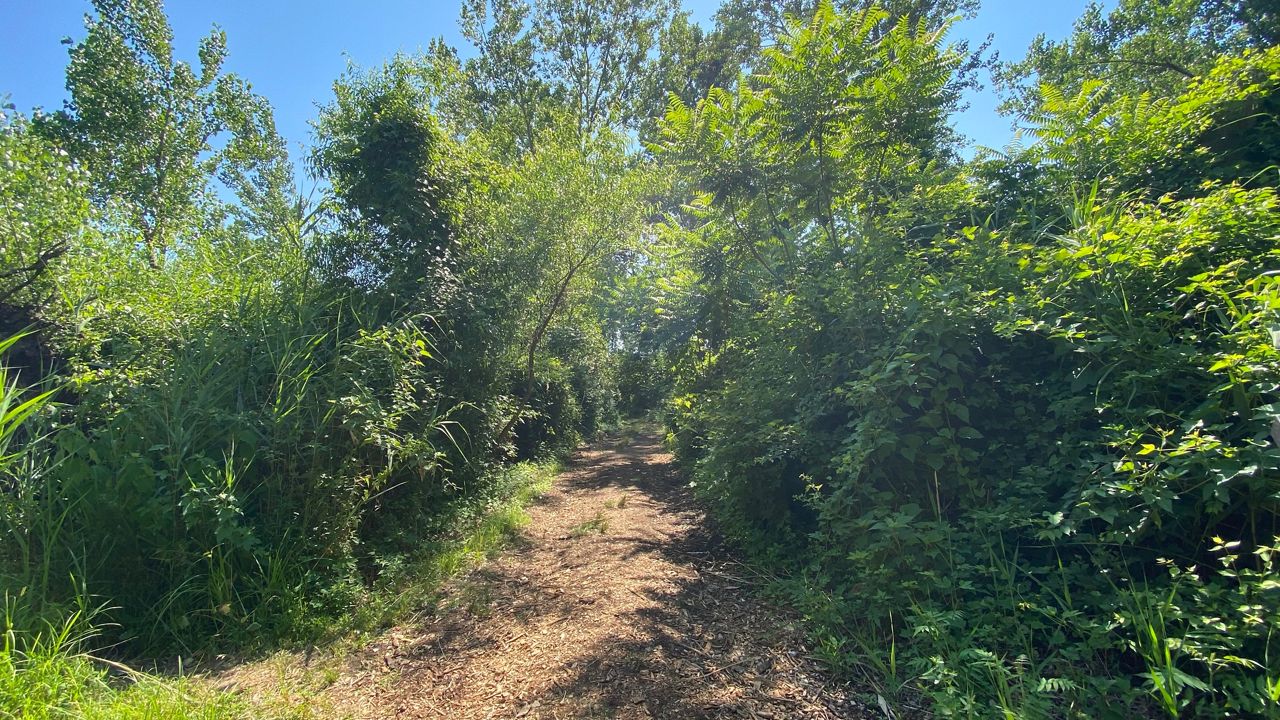
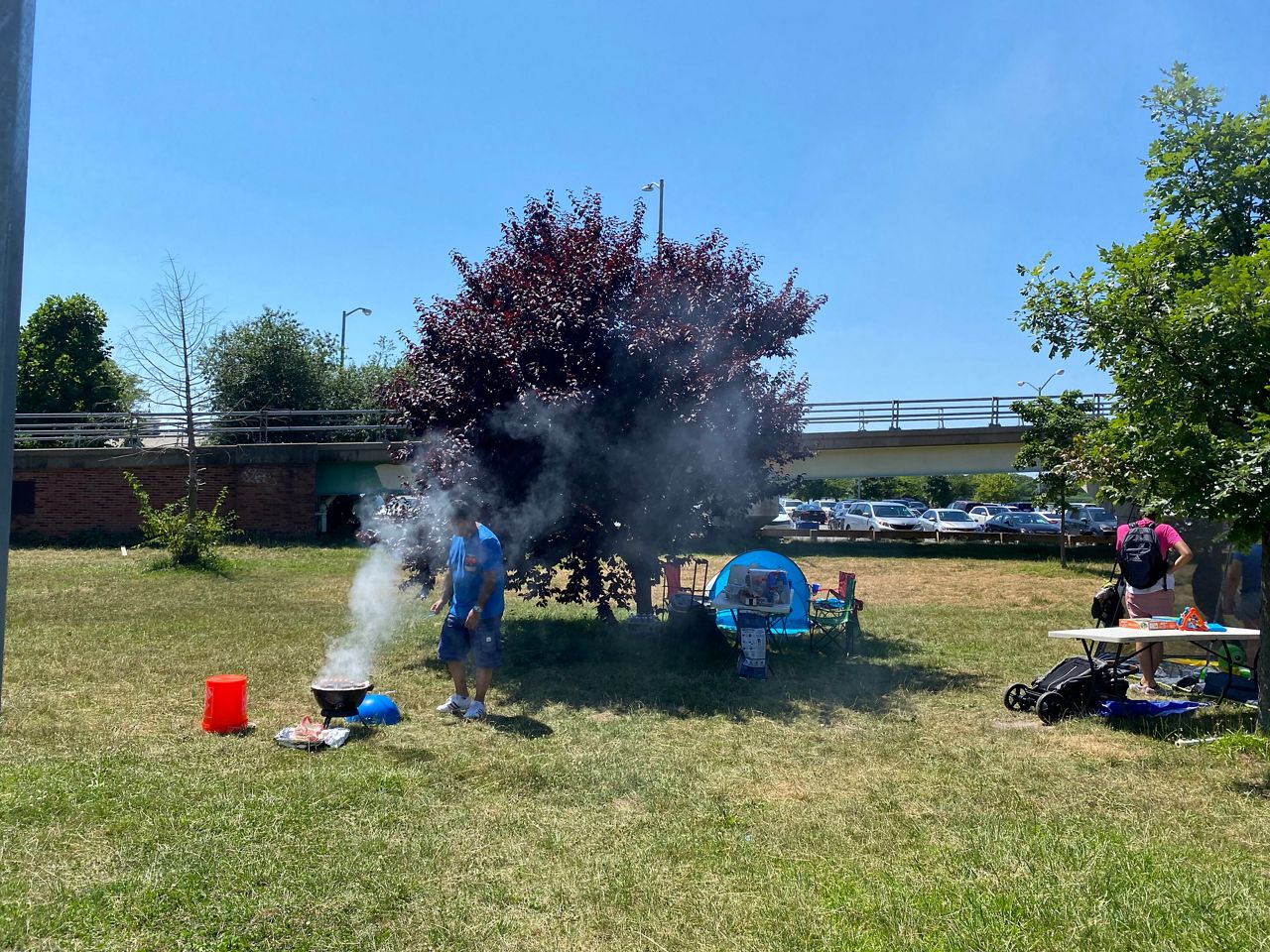

The theme of the first World’s Fair was the “world of tomorrow” with its promise of modern goods, new homes and fancy kitchen appliances.
But by the time developers resumed efforts to shape it to that original vision for the second World’s Fair, the city and world had changed.
“What a ‘Versailles of New York’ would look like to a city park builder in 1934, I think it's different by 1964,” Schlichting said.
And by 2022 that version of the “world of tomorrow” has evolved again, to a version that the park planners would not have been able to imagine, she said.
“It would have been like when Dorothy ends up in Oz and things come into color,” she said. “I think they could never have imagined the diversity that [the area] would have.”




